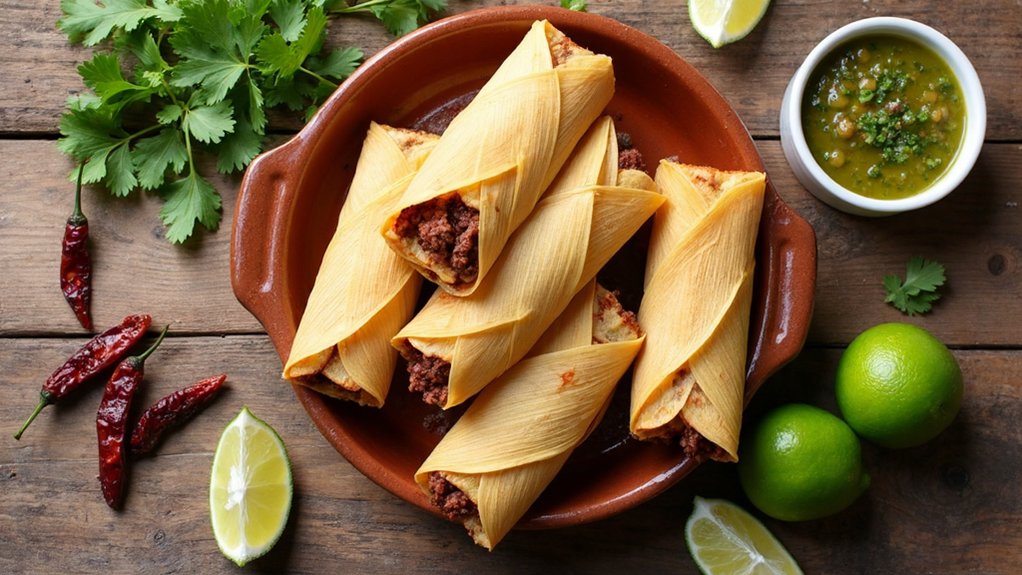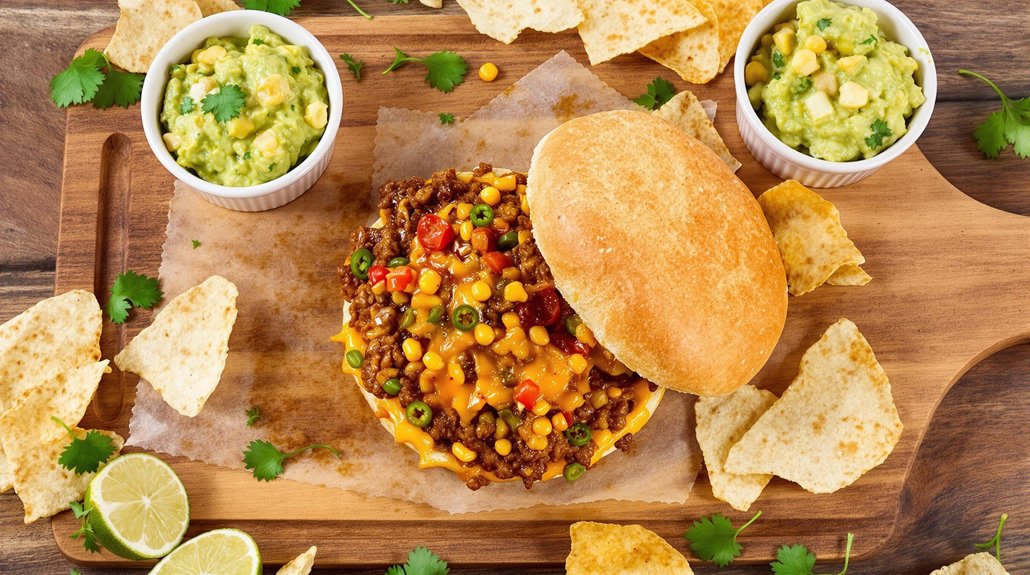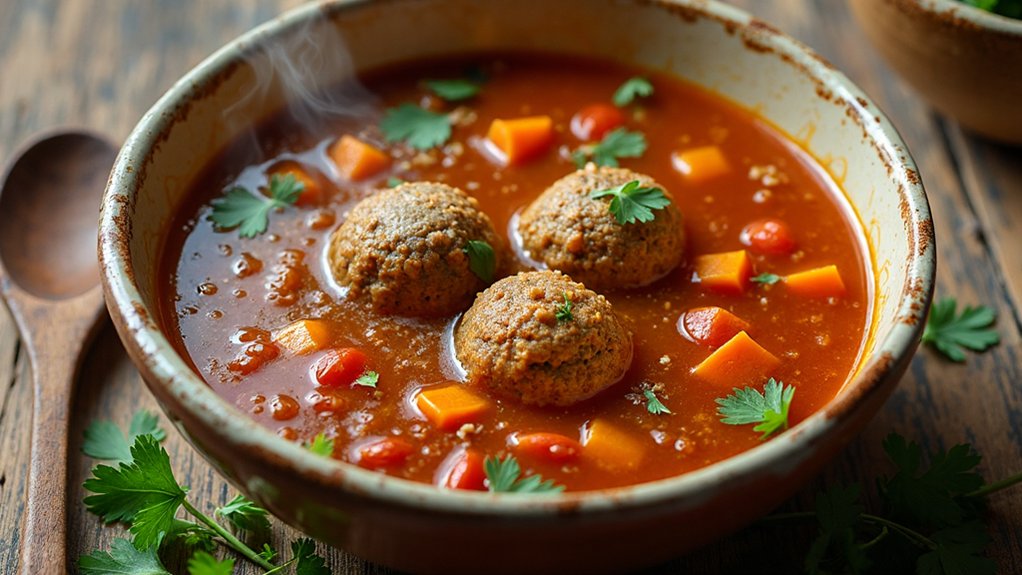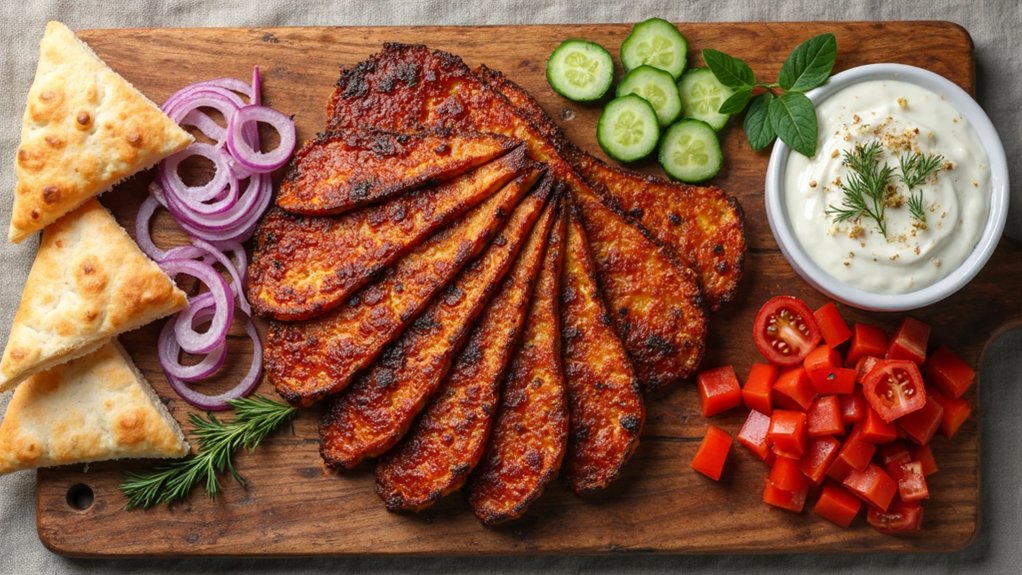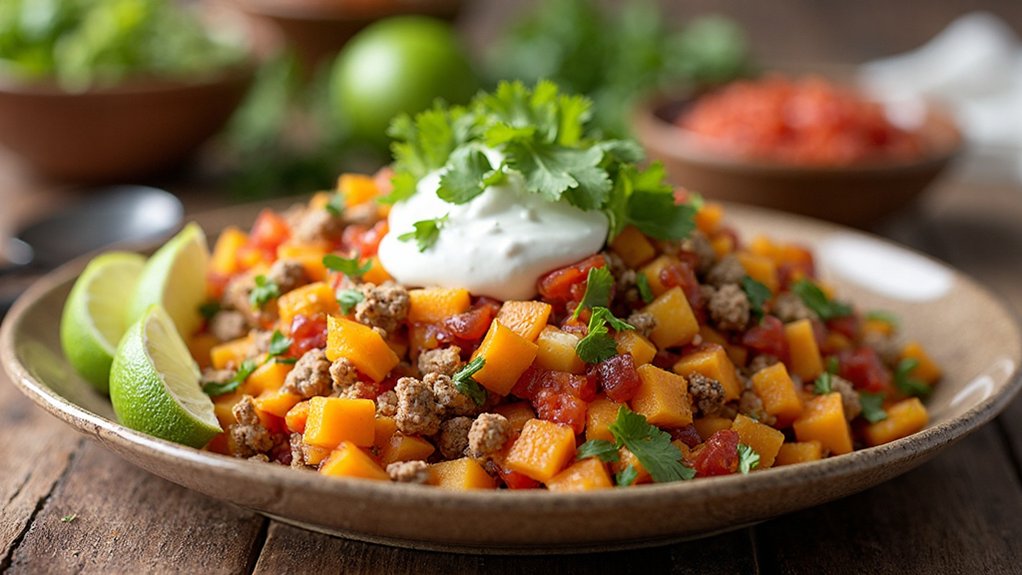I’ll be honest with you – making tamales from scratch feels like signing up for a marathon when you’re barely ready for a 5K. But here’s the thing: once you taste that first bite of tender pork wrapped in pillowy masa, you’ll understand why Mexican families gather for hours to make these little bundles of joy. Sure, it’s a process, but what if I told you the payoff makes every minute worth it?
Why you’ll love this dish
When you’re craving something that’ll make your kitchen smell like a Mexican grandmother’s house and your taste buds do a happy dance, these tamales are your answer.
This recipe transforms five pounds of pork into tender, spiced perfection that’ll have you questioning why you ever bought frozen ones. The slow-cooked filling gets wrapped in fluffy masa dough, creating little parcels of comfort food heaven.
Plus, they freeze beautifully, so you can prep a batch and have homemade tamales ready whenever the mood strikes. Trust me, your family will think you’ve become some sort of culinary wizard.
Ingredients
Getting your tamale ingredients together feels a bit like preparing for a small cooking adventure, and honestly, that’s half the fun. You’ll need a mix of pantry staples and some specialty items that might require a trip to your local Mexican grocery store or a well-stocked supermarket.
The beauty of this recipe lies in how simple ingredients transform into something absolutely magical through slow cooking and a little patience.
For the Filling:
- 5 lbs pork roast
- 5 dried ancho chiles
- 2 whole jalapeños
- 1 whole bulb of garlic
- 2 tablespoons cumin
- 4 cups water
- 1 (6 ounce) can tomato paste
For the Masa Dough:
- 3 cups masa harina flour
- 1½ teaspoons baking powder
- 1 teaspoon salt
- 1 cup vegetable shortening (like Crisco)
- 2 cups chicken broth
For Assembly:
- 36 corn husks
- 36 small ripe olives
Now, let’s talk about a few of these ingredients because some might be new territory for you. Masa harina isn’t regular flour – it’s specially treated corn flour that you’ll find in the Latin foods aisle, and it’s absolutely essential for authentic tamale texture.
Those dried ancho chiles might look intimidating, but they’re actually quite mild and add this gorgeous, smoky depth that makes the whole dish sing.
Don’t even think about skipping the vegetable shortening in favor of butter or oil; shortening creates that light, fluffy masa texture that makes tamales special.
And those little olives in each tamale? They’re not just for luck – they add a briny pop that perfectly balances all that rich, spiced pork.
Directions
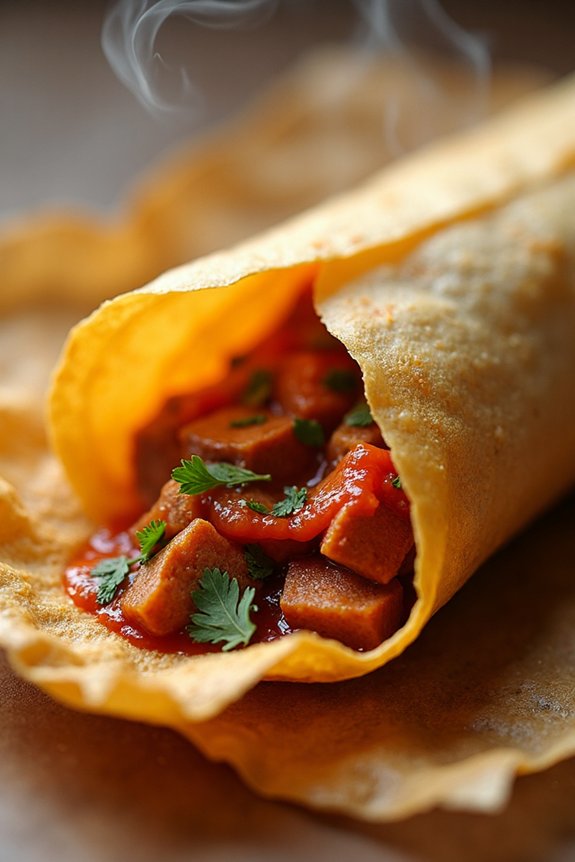
Let’s plunge into the cooking process, and I’ll warn you right now – your kitchen is going to smell absolutely incredible for the next day or so.
Start by tossing all your filling ingredients into a slow cooker: that 5 lb pork roast, 5 dried ancho chiles, 2 whole jalapeños, 1 whole bulb of garlic, 2 tablespoons cumin, 4 cups water, and 1 (6 ounce) can tomato paste. Set it on low and let it work its magic for 8 to 10 hours.
This is honestly the perfect overnight project because you’ll wake up to the most amazing aroma, and the meat will be so tender it practically falls apart when you look at it. Once it’s done, fish out the meat and shred it in a bowl – this is your chance to be picky about removing any fatty bits you don’t want.
Then comes the slightly messy but totally worth it step: run that gorgeous sauce through a sieve to catch all the chile skins and garlic pieces. What you’ll end up with is this thick, deep red sauce that looks like liquid gold, and you’ll need to set aside 1 cup of it for your masa dough.
While your shredded pork cools down, get those 36 corn husks soaking in warm water to soften them up – they need to be pliable enough to wrap without cracking.
Now for the masa magic: combine 3 cups masa harina flour, 1½ teaspoons baking powder, 1 teaspoon salt, 1 cup vegetable shortening, 2 cups chicken broth, and that reserved cup of meat sauce. Beat it all together until it’s fluffy and light, which is way easier if you have a stand mixer but totally doable by hand if you’re feeling like you need an arm workout. A quality professional stand mixer can make this step significantly more efficient and help achieve that perfect fluffy texture every time.
Assembly time is where things get fun, though admittedly a bit messy – spread about 3 tablespoons of dough in the center of each corn husk, add your pork filling and one of those 36 small ripe olives right in the middle for good luck, then wrap it up so the dough edges meet.
Fold the ends, roll the whole package tight, and pop them into a steamer for 40 minutes. The hardest part? Waiting for them to finish steaming when your house smells like a Mexican restaurant.
Substitutions and Variations
Want to shake things up a bit with your tamale game? I swap pork for chicken thighs or beef chuck roast when I’m feeling adventurous.
Vegetarians, you can ditch the meat entirely and stuff these babies with cheese, roasted peppers, or beans.
No ancho chiles? Chipotle peppers work beautifully too.
Can’t find masa harina? Regular cornmeal mixed with a bit of flour will do in a pinch, though the texture won’t be quite as authentic.
I’ve even seen people use banana leaves instead of corn husks, which gives them this gorgeous tropical twist.
Additional Things to Serve With This Dish
Since tamales are basically a complete meal wrapped in a corn husk, you might think they don’t need sidekicks, but trust me on this one.
I always serve Mexican rice alongside these beauties – the fluffy grains soak up that gorgeous red sauce perfectly. Refried beans make another solid choice, adding creamy richness to balance the tamale’s hearty texture.
Want something fresh? A simple salad with lime vinaigrette cuts through all that wonderful richness.
And honestly, warm corn tortillas never hurt anyone. Sometimes I’ll add pickled jalapeños for folks who like extra heat with their comfort food.
Final Thought
Making tamales honestly feels like you’re carrying on something sacred, doesn’t it? There’s something deeply satisfying about wrapping each little bundle, knowing you’re creating comfort from scratch.
Sure, it takes time—between the overnight cooking and all that spreading and wrapping—but that’s part of the magic. Each tamale becomes a small gift, especially with that lucky olive nestled inside.
When you finally unwrap one from its corn husk cocoon, steam rising and that rich red sauce waiting, you’ll understand why this dish has survived generations.
Some recipes aren’t just food; they’re edible traditions worth preserving.


